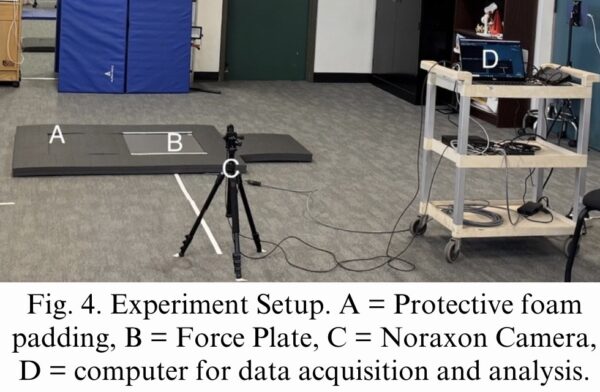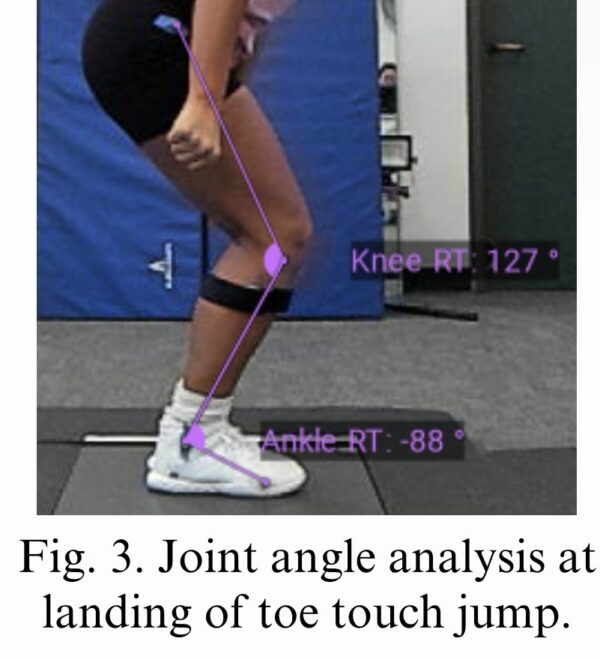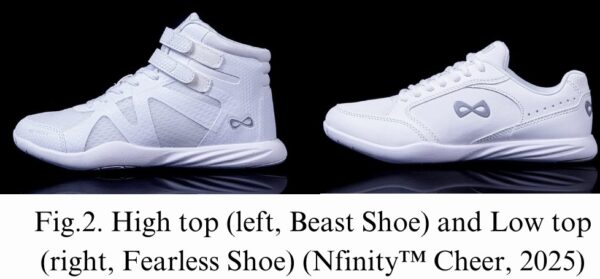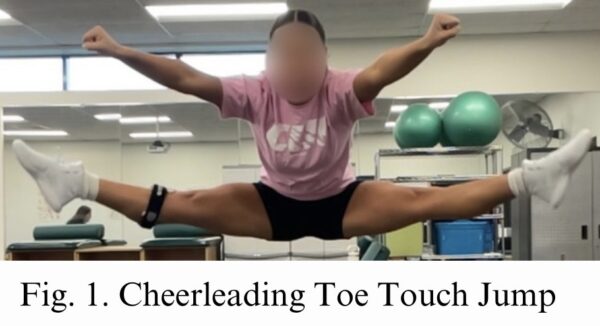At Concordia University Irvine, students in the Department of Kinesiology are engaging with biomechanics technology that brings textbook concepts to life. Under the direction of Dr. Eun-Jeong Lee, Ph.D., Assistant Professor of Kinesiology, Noraxon’s movement analysis tools are playing a vital role in both classroom instruction and student-led research.
Integrating Noraxon Technology into Kinesiology Education
Dr. Lee’s lab is equipped with a range of Noraxon tools, including:
These devices are integrated into multiple courses—such as Biomechanics, Exercise Physiology, and Kinesiology—giving students firsthand experience in analyzing muscle activation, movement patterns, and ground reaction forces.

Enhancing Learning Through Technology
Hands-on labs are a central part of the curriculum. In the Exercise Physiology course, students use EMG to study muscle activation. Biomechanics students conduct ground reaction force labs using the Bertec force plate and MyoForce software. Kinesiology students explore different types of muscle contractions through EMG analysis.
Noraxon technology is also a key resource in student research projects. Examples include:
- Analyzing the impact of single-leg squat training on lower limb asymmetry using EMG and force plates.
- Comparing lumbar muscle activity during different weightlifting techniques using EMG and NiNOX video.
- A Hippotherapy study that examined lower back muscle activity during horseback riding—earning 1st place in the President’s Academic Showcase.
- A cheerleading-focused project by student, Cordelia Loyo, evaluating how high-top shoes affect lower limb muscle activity and ground reaction forces, which also won Best Poster at the same showcase.



Preparing Students for the Future
Many Concordia Kinesiology students plan to pursue careers in physical therapy, occupational therapy, chiropractic, athletic training, or sports medicine. Early exposure to technology like Noraxon gives them a competitive advantage.
“Students love using the Noraxon system for their group research projects. It brings biomechanics to life in a way they can see, measure, and analyze themselves,” says Dr. Lee.
“Hands-on experience with Noraxon technology has a high impact on student learning outcomes and career readiness,” says Dr. Lee. “They gain a deeper understanding of how the body moves and how muscles work—this is the real science behind rehabilitation and performance.”
By integrating Noraxon tools into classroom instruction and research, Dr. Lee is helping prepare the next generation of allied health professionals with the knowledge and confidence to succeed in their future careers.

Stay tuned for more stories in our “Noraxon in the Classroom” series, where we spotlight universities using biomechanics technology to enhance education and research.

